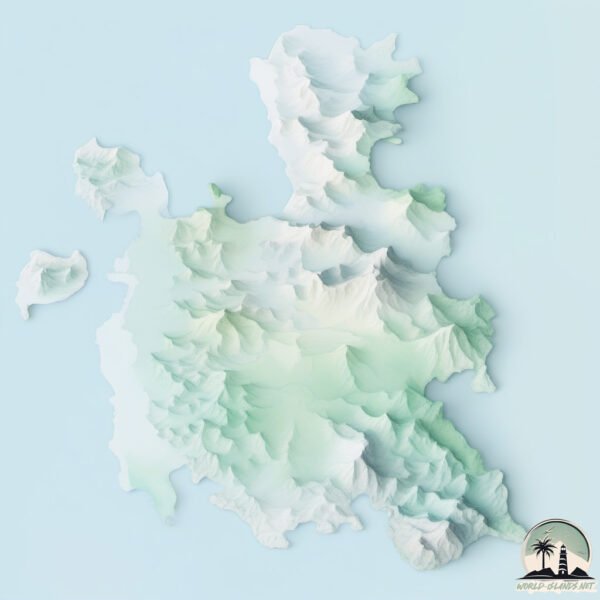Welcome to Nosy Be , a Tropical island in the Mozambique Channel, part of the majestic Indian Ocean. This guide offers a comprehensive overview of what makes Nosy Be unique – from its geography and climate to its population, infrastructure, and beyond. Dive into the details:
Geography and size of Nosy Be
Size: 282.2 km²Coastline: 137.9 kmOcean: Indian OceanSea: Mozambique ChannelContinent: Africa
Nosy Be is a Large Island spanning 282 km² with a coastline of 138 km.
Archipel: –
Tectonic Plate: Somalia – A large tectonic plate covering the Horn of Africa and parts of the Indian Ocean, known for the East African Rift where it’s splitting away from the African Plate.
The geographic heart of the island is pinpointed at these coordinates:
Climate and weather of Nosy Be
Climate Zone: TropicalClimate Details: Tropical Monsoon ClimateTemperature: Hot
Climate Characteristics: Characterized by heavy rainfall, high humidity, and uniformly high temperatures, but with a distinct short dry season. It features a seasonal reversal of prevailing wind directions.
Topography and nature of Nosy Be
Timezone: UTC+03:00Timezone places: Asia/RiyadhMax. Elevation: 321 m Mean Elevation: 76 mVegetation: Evergreen Broadleaf ForestTree Coverage: 49%
The mean elevation is 76 m. The highest elevation on the island reaches approximately 321 meters above sea level. The island is characterized by Hills: Gently sloping landforms with rounded tops, having a maximum elevation between 200 and 500 meters. Hills contribute to a varied landscape on islands.
Dominating Vegetation: Evergreen Broadleaf Forest
Vegetation: 10 vegetation zones – Very Highly Diverse Island
Infrastructure and Travelling to Nosy Be
Does the island have a public airport? yes .
Does the island have a major port? yes .
The mean population of Nosy Be is 498 per km². Nosy Be is Moderately Inhabited. The island belongs to Madagascar .
The name of the island resonates across different cultures and languages. Here is how it is known around the world: Arabic: مدغشقر; German: Madagaskar; Spanish: MADAGASCAR; French: Madagascar; Portuguese: ilha de Madagascar; Russian: Мадагаскар; Chinese: 马达加斯加岛
Continuing your journey, Nosy Komba is the next notable island, situated merely km away.
NOSY BE - What to do? | Madagascar Travel Vlog
NOSY BE TRAVEL VLOG! The tropical gem in Madagascar with a vibrant culture, beautiful people, incredible landscapes and a ...
NOSY BE - What to do? | Madagascar Travel Vlog
NOSY BE TRAVEL VLOG! The tropical gem in Madagascar with a vibrant ...
NOSY BE TRAVEL VLOG! The tropical gem in Madagascar with a vibrant culture, beautiful people, incredible landscapes and a ...
Ambatoloaka Nosy Be Island Street tour Madagascar
Ambatoloaka Nosy Be Island March 2024.
Ambatoloaka Nosy Be Island March 2024.
Beach bar Nosy Be island
Ambatoloaka beach walk Nosy Be island
Madagascar.
Ambatoloaka beach walk Nosy Be island
Madagascar.
Madagascar is classified as Least developed region: Countries that exhibit the lowest indicators of socioeconomic development, with the lowest Human Development Index ratings. The level of income is Low income.
News – Latest Updates and Headlines from Nosy Be
Stay informed with the most recent news and important headlines from Nosy Be. Here’s a roundup of the latest developments.
Loading...
Please note: The data used here has been primarily extracted from satellite readings. Deviations from exact values may occur, particularly regarding the height of elevations and population density. Land area and coastline measurements refer to average values at mean high tide.

